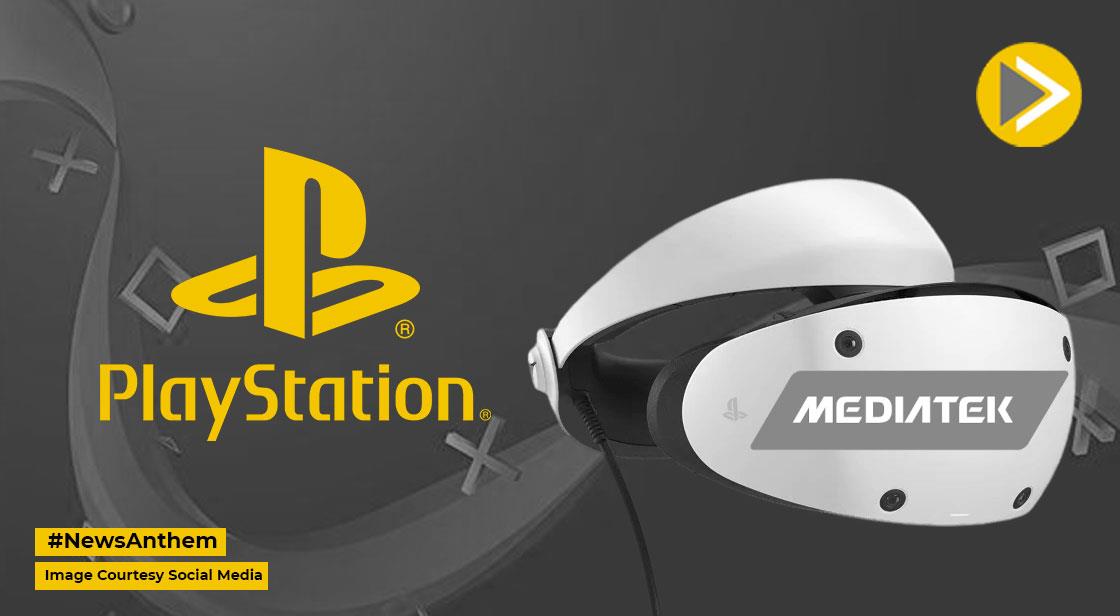Sony And MediaTek Collaborate To Create The chips That Power The PS VR2

News Synopsis
This week, MediaTek made the announcement that it will be creating the silicon that would power the PS VR2 headset as well as the PS Sense controllers. Although pricing is likely a contributing factor, Sony said that it chose to work with MediaTek because the chipmaker could create an SoC that was powerful and efficient enough to fulfill their needs.
The anticipation of Sony's impending PlayStation VR2 has remained high due to the constant stream of information.
MediaTek declared that it will provide the silicon for the PS VR2 headset and PS Sense controllers at its most recent Executives summit. During the event, MediaTek executive Vince Hu made the announcement regarding the collaboration with Sony. Sony claimed that it selected MediaTek as its partner because the latter could produce high-performance CPUs with low latency.
There are currently no available details about the SoCs that MediaTek designed. The MediaTek chips won't need to be especially strong because the PlayStation 5 will handle the majority of the computationally demanding tasks. Instead, they will probably transfer graphic data supplied from the PS5 to the OLED monitors in the headset and relay positional information.
The collaboration is unusual in that Qualcomm has often been the preferred ARM chip manufacturer for other VR headsets. However, current MediaTek SoCs have proven to be capable chips. Given that the Taiwanese OEM normally manufactures its chips for price-conscious devices, Sony probably chose MediaTek due to cost considerations.
The PS VR2 has two 2000x2040 displays (one in each eye), each with a refresh rate of up to 120 Hz. Between the headset and the controllers, there are additionally multiple cameras and sensors for positional tracking. Because of this, the MediaTek silicon must be strong to control these trackers and drive the high-resolution displays, which is no easy task.
You May Like









